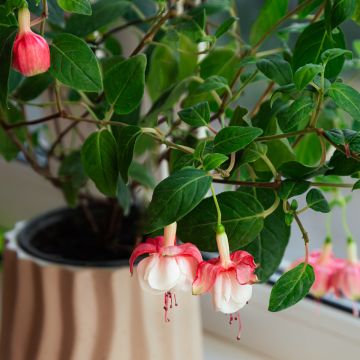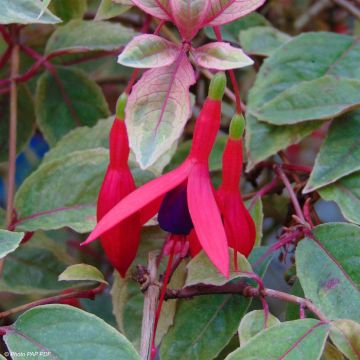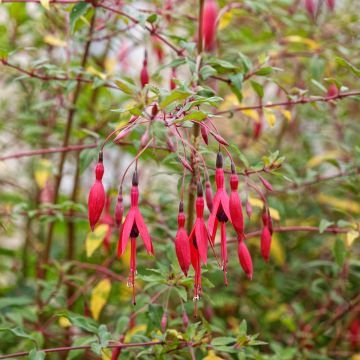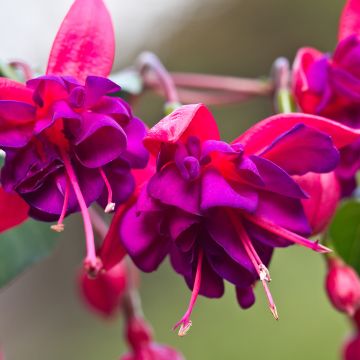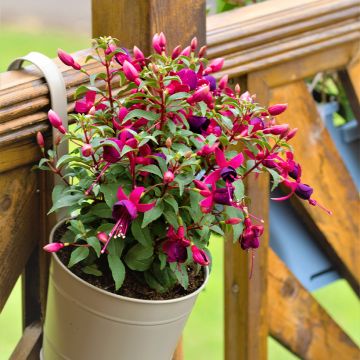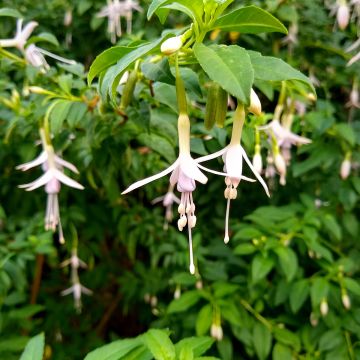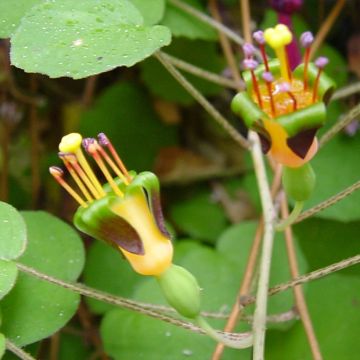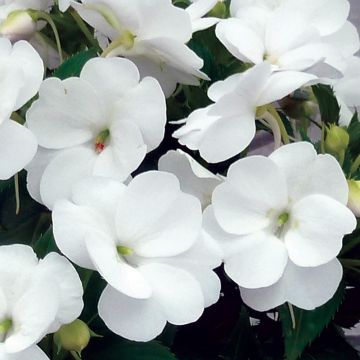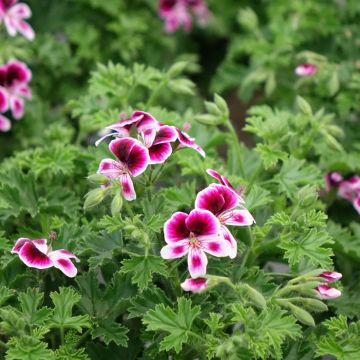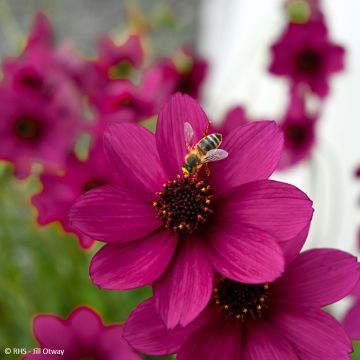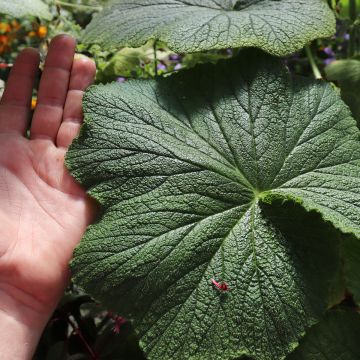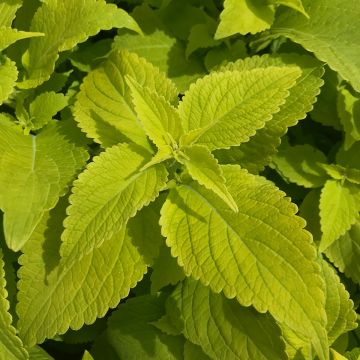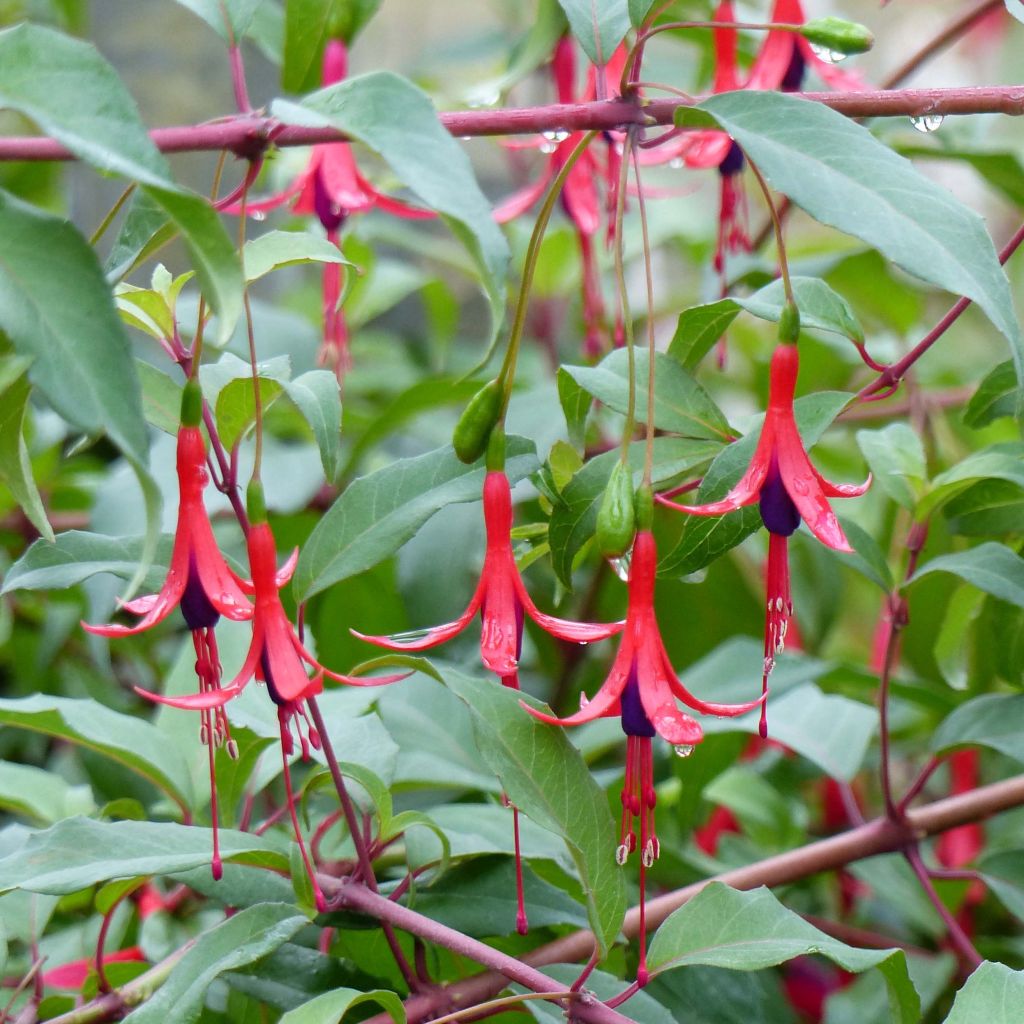

Fuchsia regia Reitzii
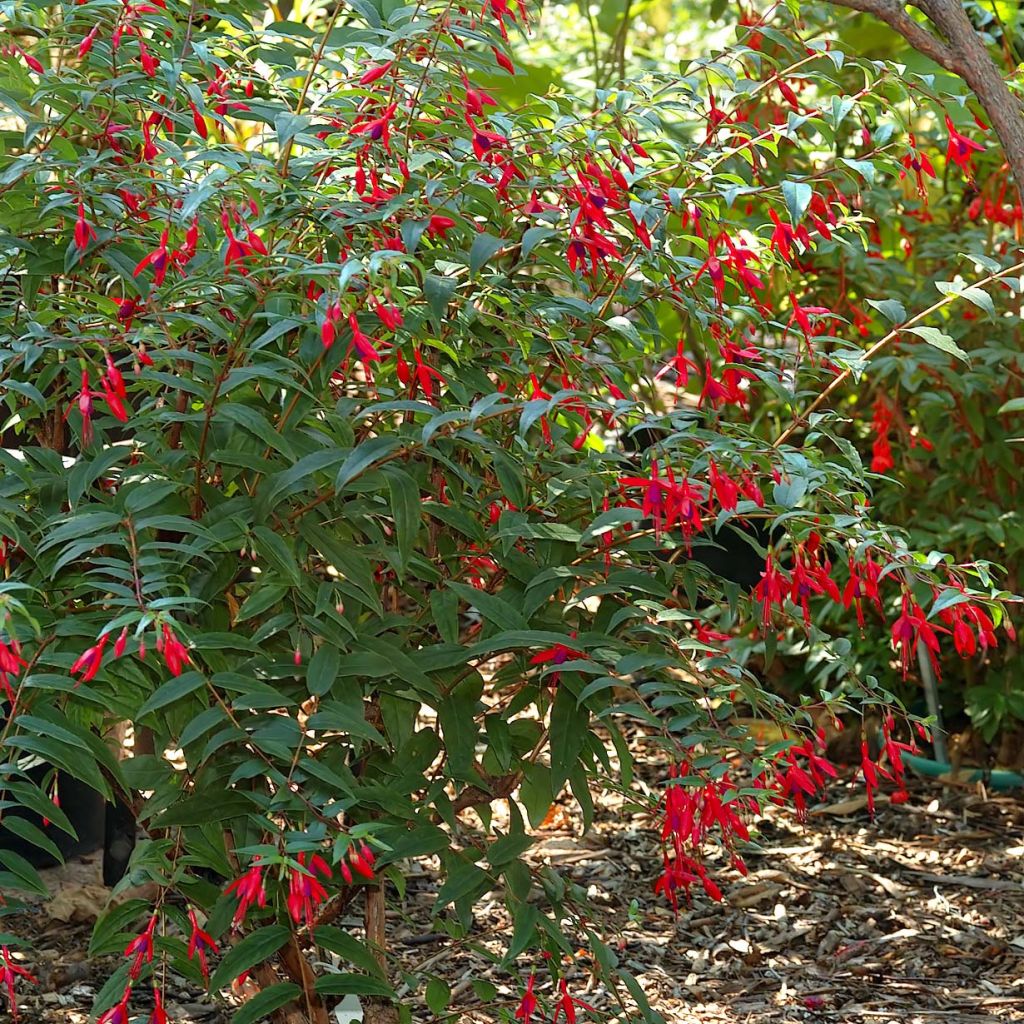

Fuchsia regia Reitzii
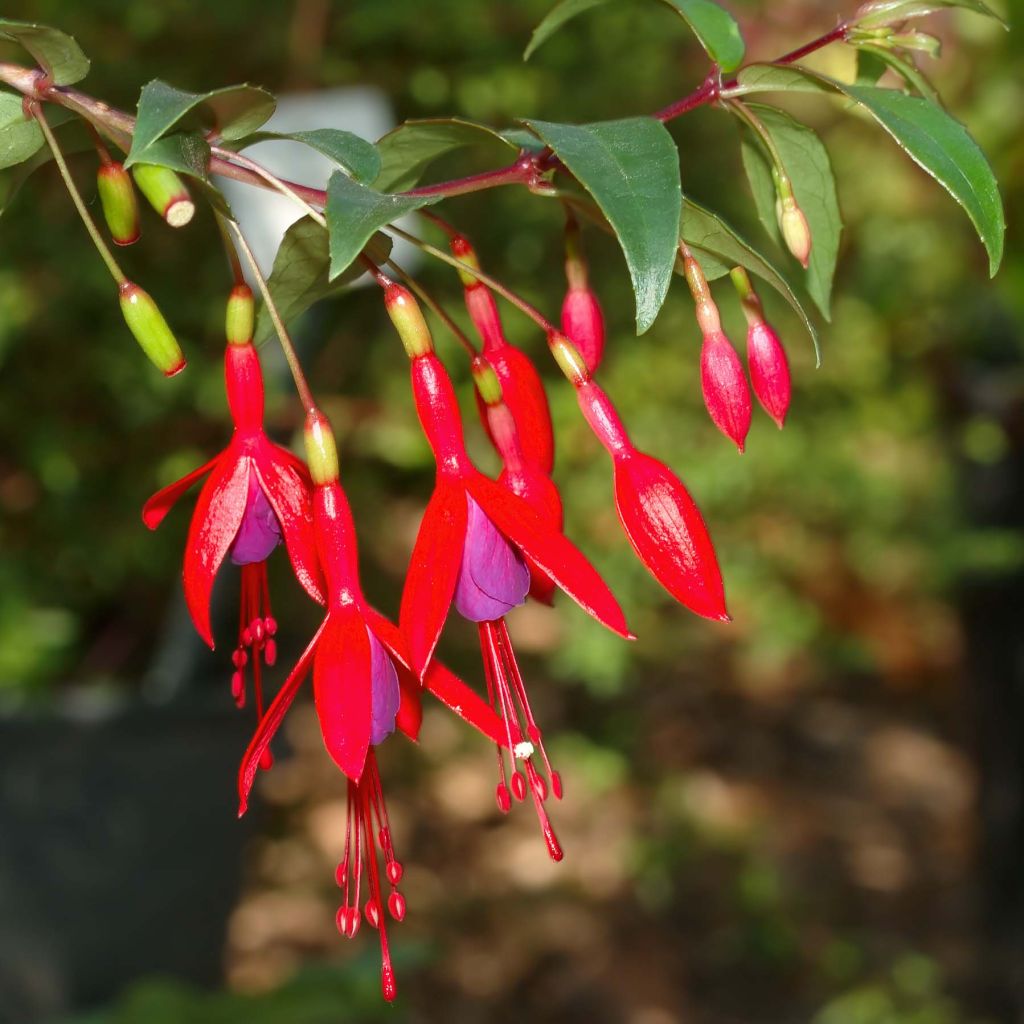

Fuchsia regia Reitzii
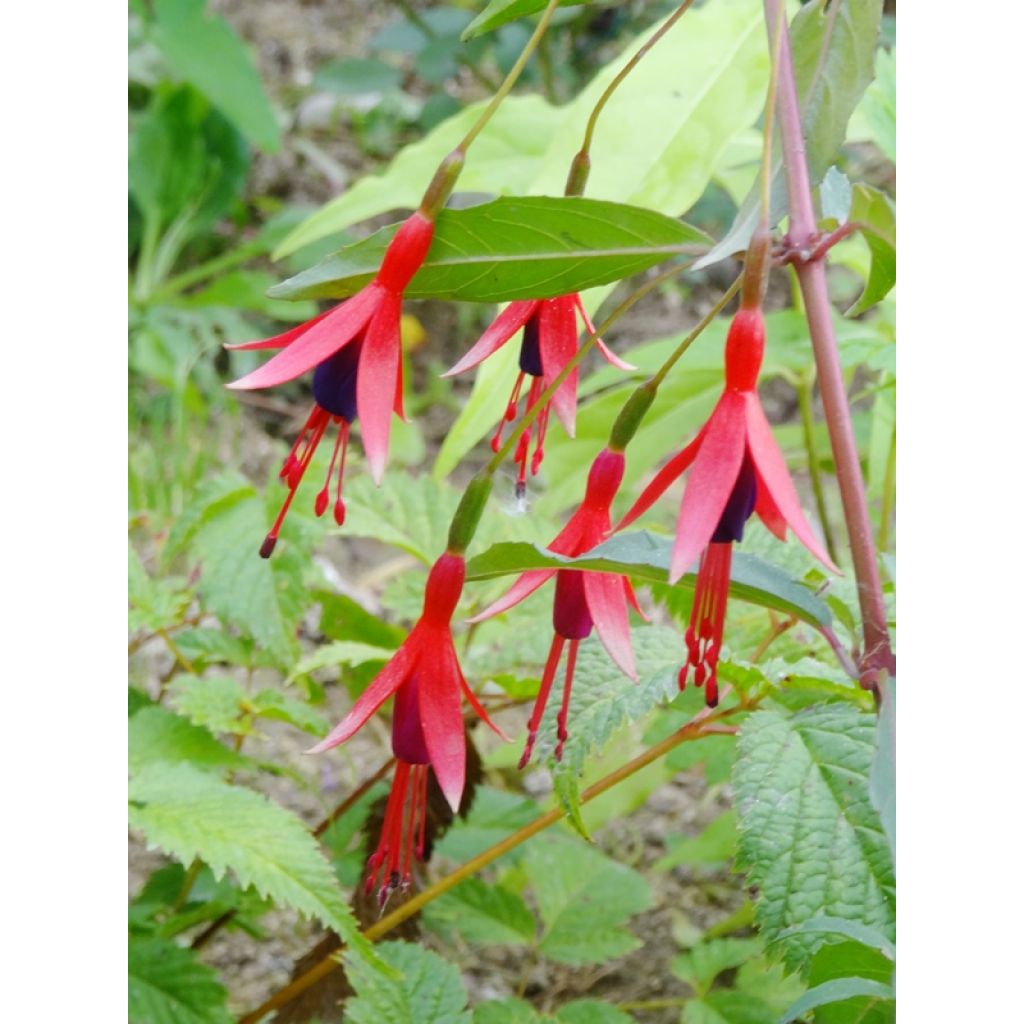

Fuchsia regia Reitzii
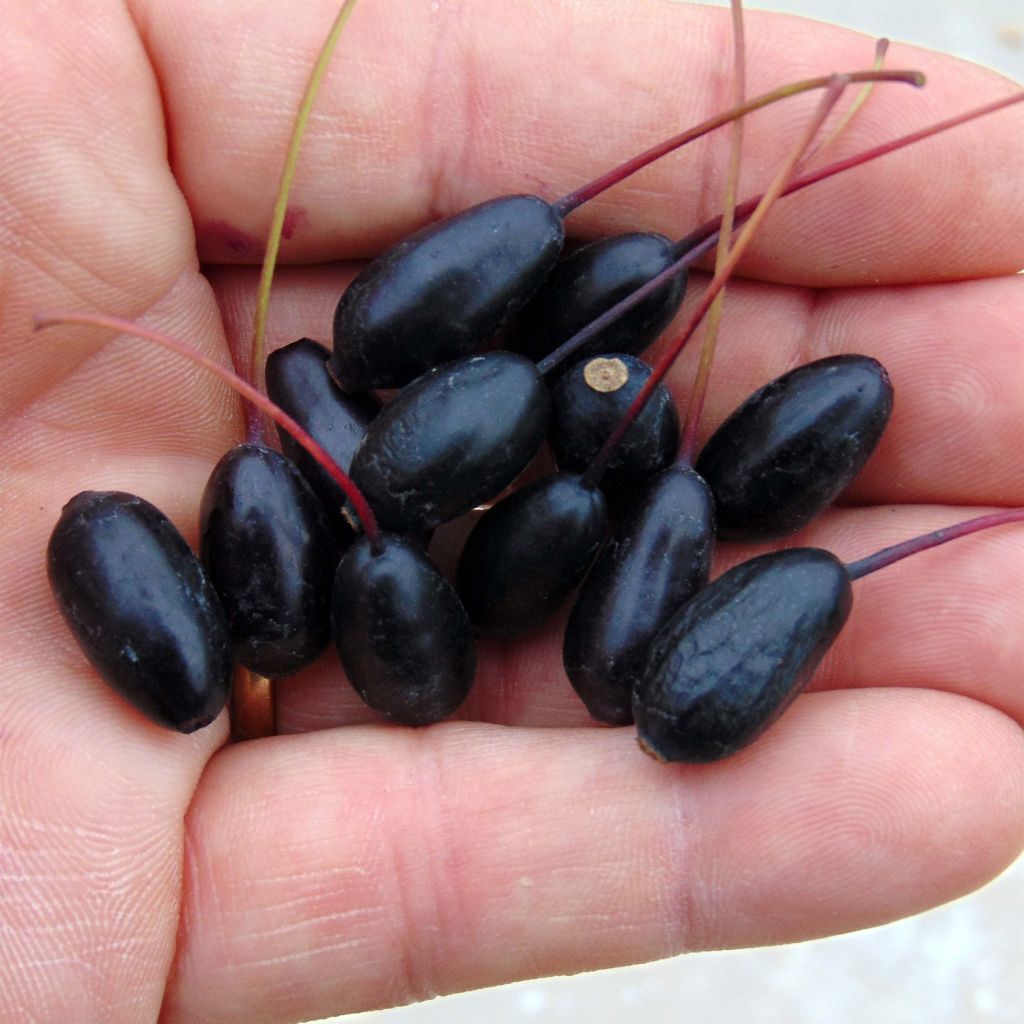

Fuchsia regia Reitzii
Fuchsia regia Reitzii
Fuchsia regia Reitzii
Climbing Fuschsia
Fast delivery and arrived in good condition.
Guy, 22/10/2024
Special offer!
Receive a €20 voucher for any order over €90 (excluding delivery costs, credit notes, and plastic-free options)!
1- Add your favorite plants to your cart.
2- Once you have reached €90, confirm your order (you can even choose the delivery date!).
3- As soon as your order is shipped, you will receive an email containing your voucher code, valid for 3 months (90 days).
Your voucher is unique and can only be used once, for any order with a minimum value of €20, excluding delivery costs.
Can be combined with other current offers, non-divisible and non-refundable.
Home or relay delivery (depending on size and destination)
Schedule delivery date,
and select date in basket
This plant carries a 24 months recovery warranty
More information
We guarantee the quality of our plants for a full growing cycle, and will replace at our expense any plant that fails to recover under normal climatic and planting conditions.


Would this plant suit my garden?
Set up your Plantfit profile →
Description
The Royal Fuchsia, scientifically known as Fuchsia regia Reitzii, is one of the most hardy varieties that can survive extremely cold temperatures as low as -10/-12°C. It is a robust plant that almost climbs and has foliage that remains evergreen or semi-evergreen, depending on the climate. Its woody climbing stems bear long bicoloured flowers that are red and violet. The small flowers are shaped like ballerinas, with a skirt of incurved sepals and long limb-like red stamens. These unique features of the Royal Fuchsia give way to small edible berries, which some find delicious. The plant prefers partial shade with moist but well-draining soil and can survive harsh winters by regrowing from the base in spring.
The Fuchsia regia is a plant species native to Brazil and belongs to the Onagraceae family. It was discovered in the 1980s, and the Reitzii subspecies are the most common variety of fuschia grown in gardens. Although it may appear to be a climbing plant due to its impressive vigour, this upright shrub only grows in its preferred climates. Its growth can be trimmed back during winter, and it thrives in a humid and temperate atmosphere with fertile but well-drained soil. Under ideal conditions, it can grow up to 3m (9 ft 10 in) or more in height. However, in cooler climates, it usually reaches a height of 1m (3 ft 4 in) and a spread of 75cm (29.5 in). Its young red stems develop rapidly in spring, producing small, oval, elliptical, somewhat jagged leaves along their entire length. These leaves provide a beautiful background for the flowers.
Numerous tiny flowers appear from August to November at the axils of the leaves. They hang from slender stems and sway in the wind. They comprise a long, fleshy calyx with four thick, red, fuchsia-coloured sepals that taper to a point and arch upwards when in full bloom. This 'skirt' is topped with a corolla of violet petals from which long red stamens emerge. This self-fertile species produces small black fruits with a purple sheen that can be ideally consumed, although their flavour depends significantly on the growing conditions.
The fuchsia is a beautiful but often overlooked bush that deserves more attention. The Royal Fuchsia is exceptionally hardy and can be grown in most areas, although some winter protection may be required in colder regions. The Fuchsia regia Reitzii has long branches that can be trained against a wall or a pergola, but it will need support or to be tied in like a climbing rose.
This variety's delicate and refined flowers should not be overwhelmed by too many blooms, which would overshadow their beauty. To enhance this fuchsia's beauty, consider pairing it with foliage plants with similar growing requirements, such as botanical hydrangeas, actaeas, ferns, rodgersias, or hostas. Depending on the size of your garden, this shrub can be used in the background or in front of an evergreen hedge to create a graceful backdrop. It also thrives in partial or full shade, bringing brightness to any planting scheme.
Report an error about the product description
Fuchsia regia Reitzii in pictures
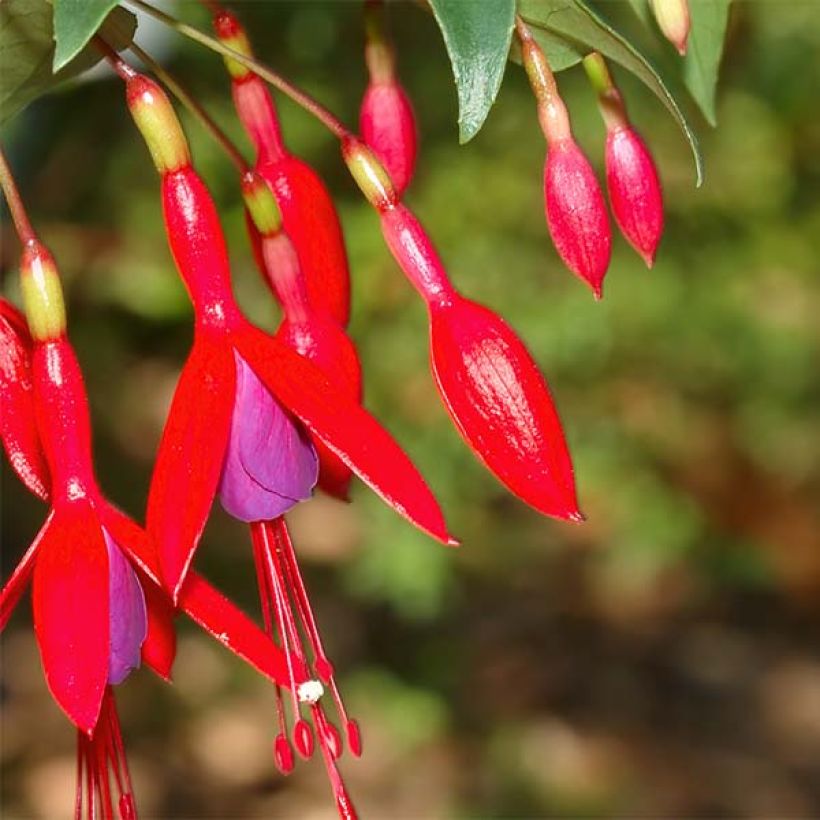

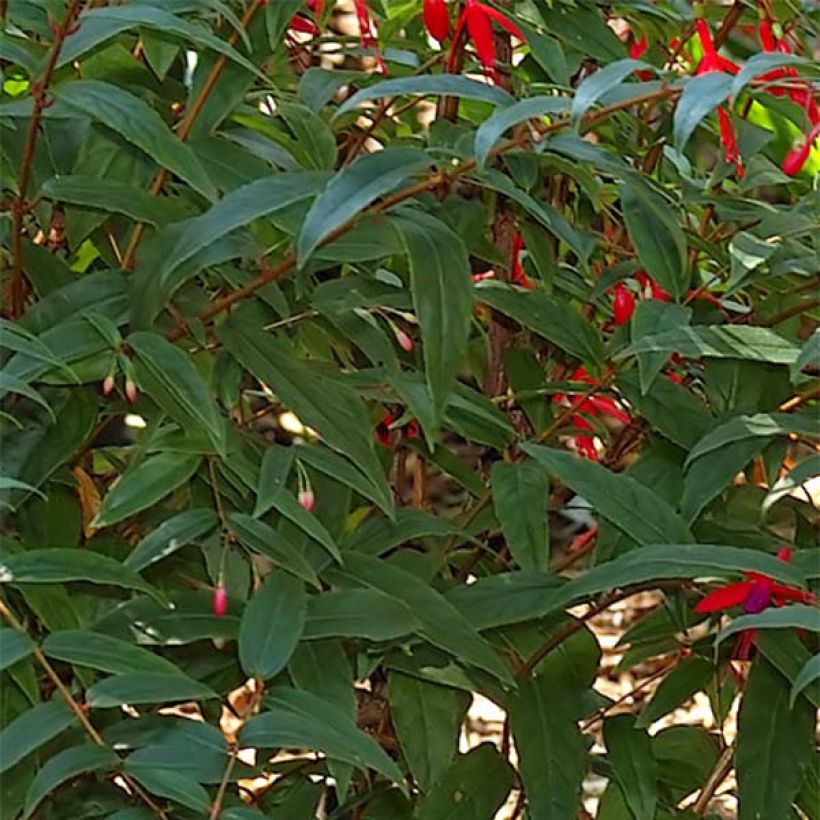

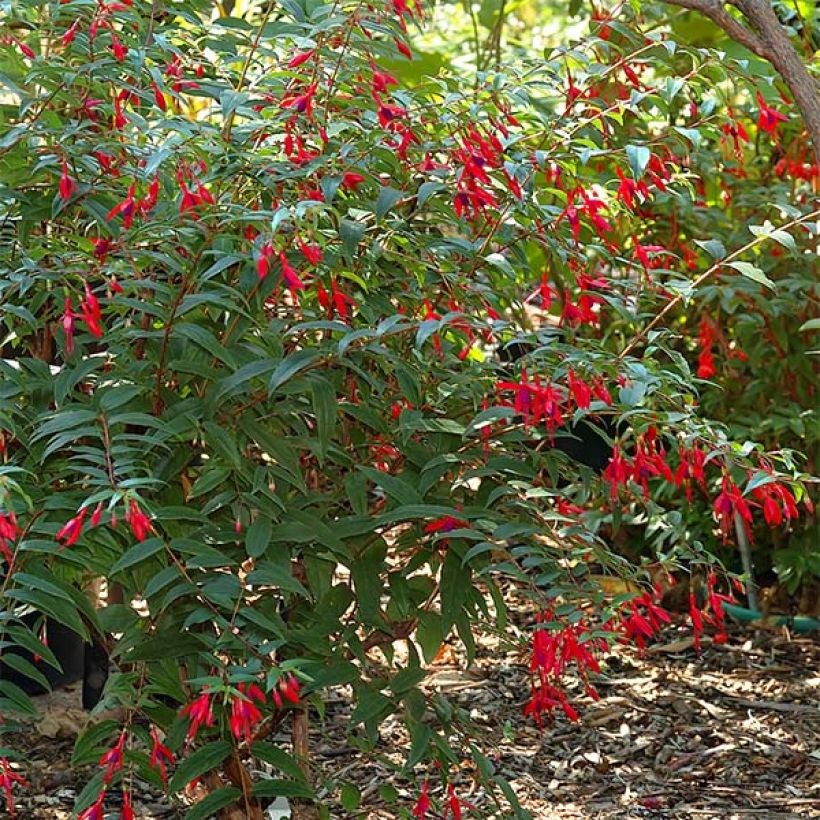

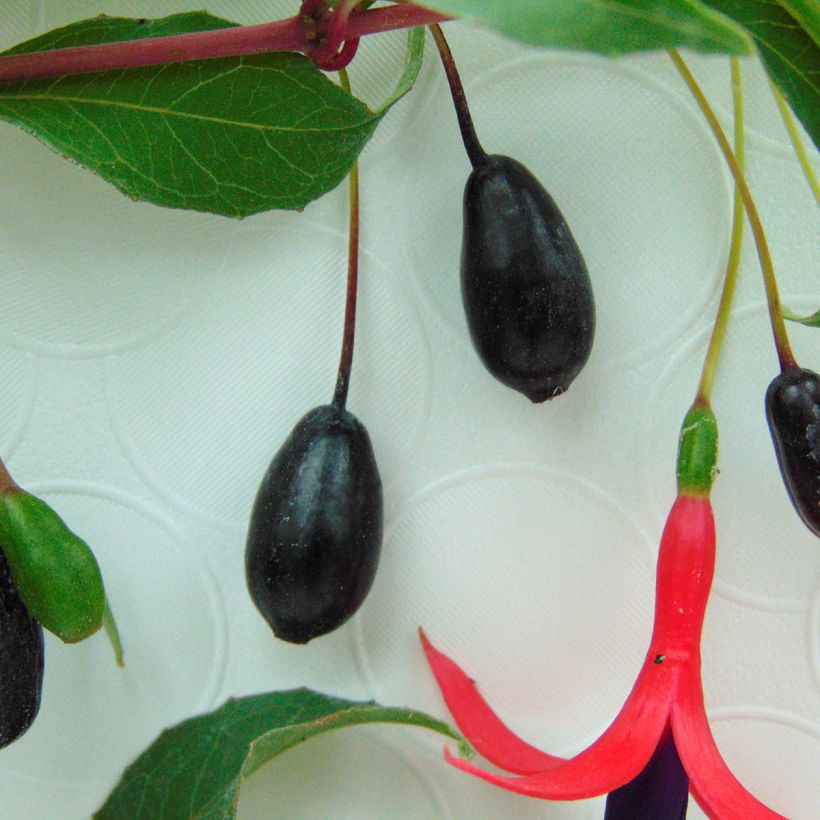

Plant habit
Flowering
Foliage
Botanical data
Fuchsia
regia
Reitzii
Onagraceae
Climbing Fuschsia
South America
Other Fuchsia
View all →Planting and care
The Fuchsia regia Reitzii plant flourishes in shaded or partially shaded areas with moist, fertile, slightly acidic soil that is light and well-draining, which holds moisture during summers. To ensure the best growth of your fuschia, avoid planting it in direct sunlight, as it can cause damage to the plant. Instead, choose a spot that offers some shelter and morning sunshine. Additionally, it is essential to keep the soil from becoming waterlogged during winter. To prevent this, add some gravel to the hole before planting to improve drainage.
Fuchsia plants shed their leaves when the temperature drops below -5°C, and their stems wilt when it dips below -10°C. If you live in an area with harsh winters where the temperature drops below -15°C, it is worth noting that the stems of your fuchsia may not survive. But there's no need to worry. You can prune the stems and protect the remaining base by mulching or covering them in mounds of soil. The stems will regrow vigorously in the spring. After the initial regrowth, you can trim the stems, removing any dry parts. Pruning the plant annually after it flowers will encourage growth and promote blooming the following year.
Planting period
Intended location
Care
-
, onOrder confirmed
Reply from on Promesse de fleurs
Similar products
Haven't found what you were looking for?
Hardiness is the lowest winter temperature a plant can endure without suffering serious damage or even dying. However, hardiness is affected by location (a sheltered area, such as a patio), protection (winter cover) and soil type (hardiness is improved by well-drained soil).

Photo Sharing Terms & Conditions
In order to encourage gardeners to interact and share their experiences, Promesse de fleurs offers various media enabling content to be uploaded onto its Site - in particular via the ‘Photo sharing’ module.
The User agrees to refrain from:
- Posting any content that is illegal, prejudicial, insulting, racist, inciteful to hatred, revisionist, contrary to public decency, that infringes on privacy or on the privacy rights of third parties, in particular the publicity rights of persons and goods, intellectual property rights, or the right to privacy.
- Submitting content on behalf of a third party;
- Impersonate the identity of a third party and/or publish any personal information about a third party;
In general, the User undertakes to refrain from any unethical behaviour.
All Content (in particular text, comments, files, images, photos, videos, creative works, etc.), which may be subject to property or intellectual property rights, image or other private rights, shall remain the property of the User, subject to the limited rights granted by the terms of the licence granted by Promesse de fleurs as stated below. Users are at liberty to publish or not to publish such Content on the Site, notably via the ‘Photo Sharing’ facility, and accept that this Content shall be made public and freely accessible, notably on the Internet.
Users further acknowledge, undertake to have ,and guarantee that they hold all necessary rights and permissions to publish such material on the Site, in particular with regard to the legislation in force pertaining to any privacy, property, intellectual property, image, or contractual rights, or rights of any other nature. By publishing such Content on the Site, Users acknowledge accepting full liability as publishers of the Content within the meaning of the law, and grant Promesse de fleurs, free of charge, an inclusive, worldwide licence for the said Content for the entire duration of its publication, including all reproduction, representation, up/downloading, displaying, performing, transmission, and storage rights.
Users also grant permission for their name to be linked to the Content and accept that this link may not always be made available.
By engaging in posting material, Users consent to their Content becoming automatically accessible on the Internet, in particular on other sites and/or blogs and/or web pages of the Promesse de fleurs site, including in particular social pages and the Promesse de fleurs catalogue.
Users may secure the removal of entrusted content free of charge by issuing a simple request via our contact form.
The flowering period indicated on our website applies to countries and regions located in USDA zone 8 (France, the United Kingdom, Ireland, the Netherlands, etc.)
It will vary according to where you live:
- In zones 9 to 10 (Italy, Spain, Greece, etc.), flowering will occur about 2 to 4 weeks earlier.
- In zones 6 to 7 (Germany, Poland, Slovenia, and lower mountainous regions), flowering will be delayed by 2 to 3 weeks.
- In zone 5 (Central Europe, Scandinavia), blooming will be delayed by 3 to 5 weeks.
In temperate climates, pruning of spring-flowering shrubs (forsythia, spireas, etc.) should be done just after flowering.
Pruning of summer-flowering shrubs (Indian Lilac, Perovskia, etc.) can be done in winter or spring.
In cold regions as well as with frost-sensitive plants, avoid pruning too early when severe frosts may still occur.
The planting period indicated on our website applies to countries and regions located in USDA zone 8 (France, United Kingdom, Ireland, Netherlands).
It will vary according to where you live:
- In Mediterranean zones (Marseille, Madrid, Milan, etc.), autumn and winter are the best planting periods.
- In continental zones (Strasbourg, Munich, Vienna, etc.), delay planting by 2 to 3 weeks in spring and bring it forward by 2 to 4 weeks in autumn.
- In mountainous regions (the Alps, Pyrenees, Carpathians, etc.), it is best to plant in late spring (May-June) or late summer (August-September).
The harvesting period indicated on our website applies to countries and regions in USDA zone 8 (France, England, Ireland, the Netherlands).
In colder areas (Scandinavia, Poland, Austria...) fruit and vegetable harvests are likely to be delayed by 3-4 weeks.
In warmer areas (Italy, Spain, Greece, etc.), harvesting will probably take place earlier, depending on weather conditions.
The sowing periods indicated on our website apply to countries and regions within USDA Zone 8 (France, UK, Ireland, Netherlands).
In colder areas (Scandinavia, Poland, Austria...), delay any outdoor sowing by 3-4 weeks, or sow under glass.
In warmer climes (Italy, Spain, Greece, etc.), bring outdoor sowing forward by a few weeks.































